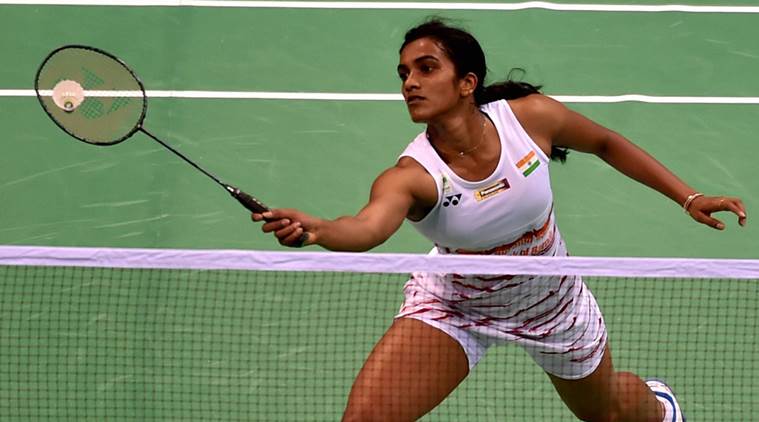 PV Sindhu went down 21-15, 21-18 to Nozomi Okuhara. (Source: File)
PV Sindhu went down 21-15, 21-18 to Nozomi Okuhara. (Source: File)
Organisers don’t take a chance these days when Nozomi Okuhara plays PV Sindhu on finals day. For one they don’t want other shuttlers waiting their turn in the wings endlessly. Moreover, the two have ensured tournaments slot all other doubles and men’s singles matches on the undercard, and serve up the delicious women’s singles battle as the showpiece climax.
On that count, the two women wrapped up the Thailand Open sooner than what has come to be expected. But then, even 50 minutes of world-class badminton feels like being short-changed when the two meet. This one went Okuhara’s way — a 21-15, 21-18 tussle, where Sindhu barely led but never looked like she would fade away until the very end.
Long rallies there might have been a few — the Japanese claimed all but the longest one — but one year has been enough to significantly alter both their games. While Okuhara has been away owing to a right knee injury and gone under the radar, Sindhu was officially away only during the Thomas Uber Cup fortnight but had painfully twisted her ankle before the Commonwealth Games.
The titles have dried up for both — Thailand was Okuhara’s first since Glasgow — though both are running up some steam ahead of the World’s in a fortnight’s time. The Asian Games gold though, is the big one this year.
What’s changed is there for all to see. Sindhu has added some clever forecourt strokes and has upped the variety in her arsenal. Okuhara, the tireless runner though, has been forced to flip her game on its head — with the knee perhaps not lending itself to the unending retrieving that she practiced with abandon.
While she’s no mug in the long exchanges, the Japanese has devised ways to snap shut rallies sooner. While the gameplan against Sindhu remained the same, the Japanese has found sharper ways to keep the shuttle to the sides and down. Essentially, the idea is to make the Indian bend and move for low retrieves. There are softer drops and highly manoeuvred flicks, denying Sindhu any aerial room to smash.
“Sindhu tried her best to counter her gameplan, but couldn’t sustain it over all the rallies,” coach Amrish Shinde would say later.
When high tosses were traded, Sindhu had Okuhara in wee-bit trouble, but on a day that her body-defense and net wasn’t as sharp, Sindhu couldn’t drive the knife in further. Both sets, Okuhara would tussle for a lead and then hang onto it desperately.
There is a general urgency that’s come into Okuhara’s game since last year. Fiercely attacking oftener, gone is the languid pace.
The intent is to cut short any resistance. Perhaps the back-breaker even as Sindhu launched repeated comeback bids was the latest of Okuhara’s go-to shots: a reverse drop. It’s where she shapes up to send a delicate shuttle to the left by closing the face of the racquet, but strikes it on the part of the racquet that sends it looping down right.
It’s deceptive high art, and in longer rallies Okuhara had Sindhu hustled this way and that with one overhead and one forehand outright winner, to take off from 18-16. “She used it few times, but in the end stages,” Shinde attested.
The Indian now returns for a week of recharging her fitness before she heads out to China for the World’s. It’s where her Okuhara tale took off.